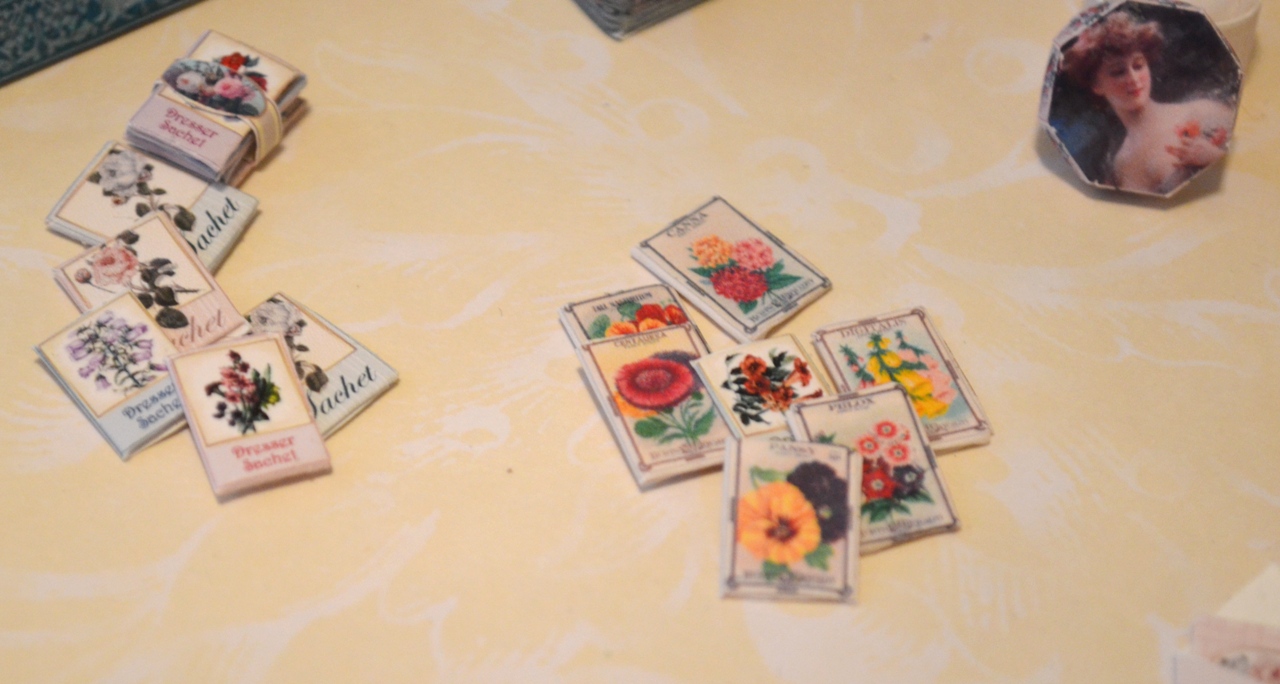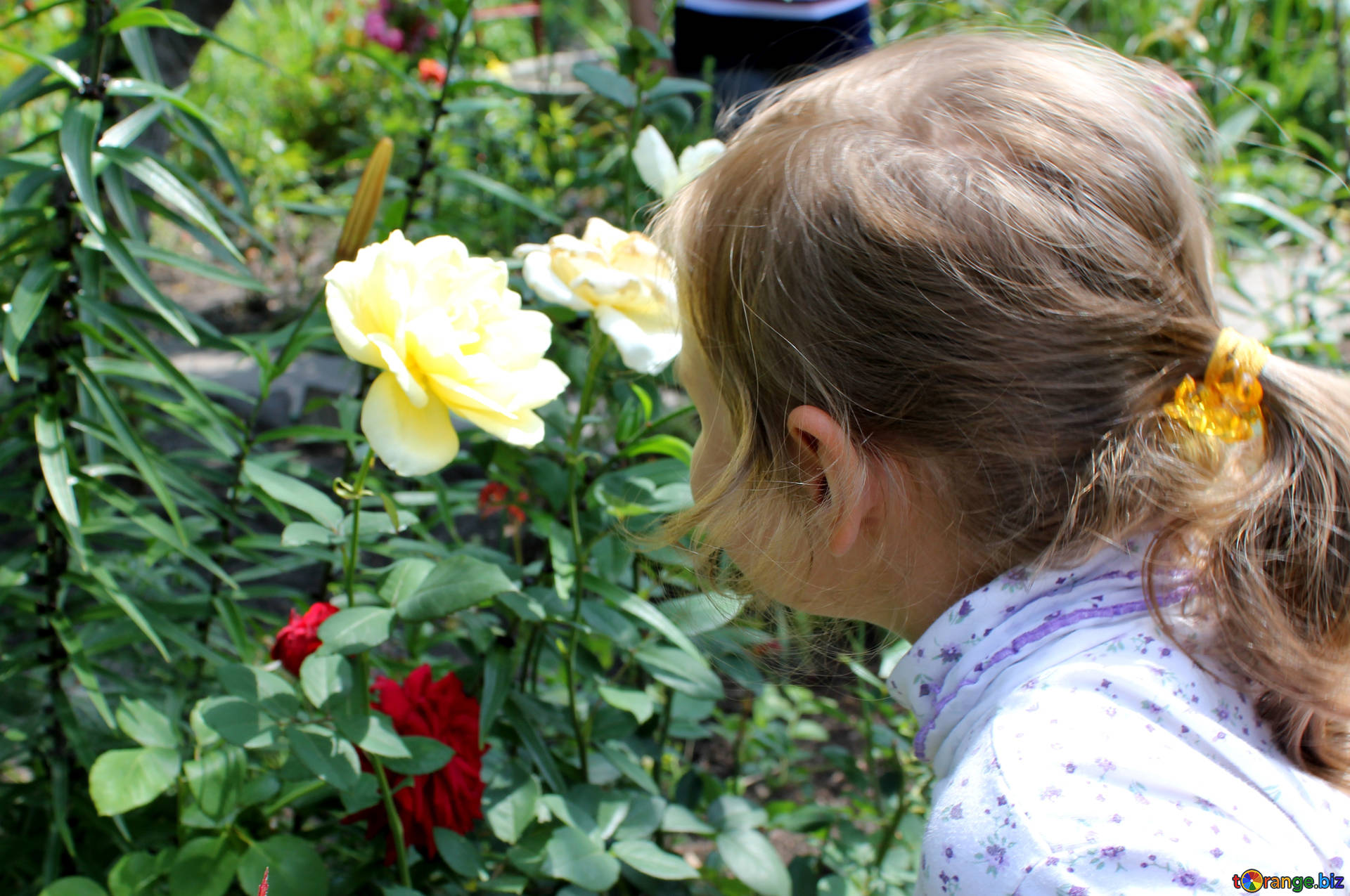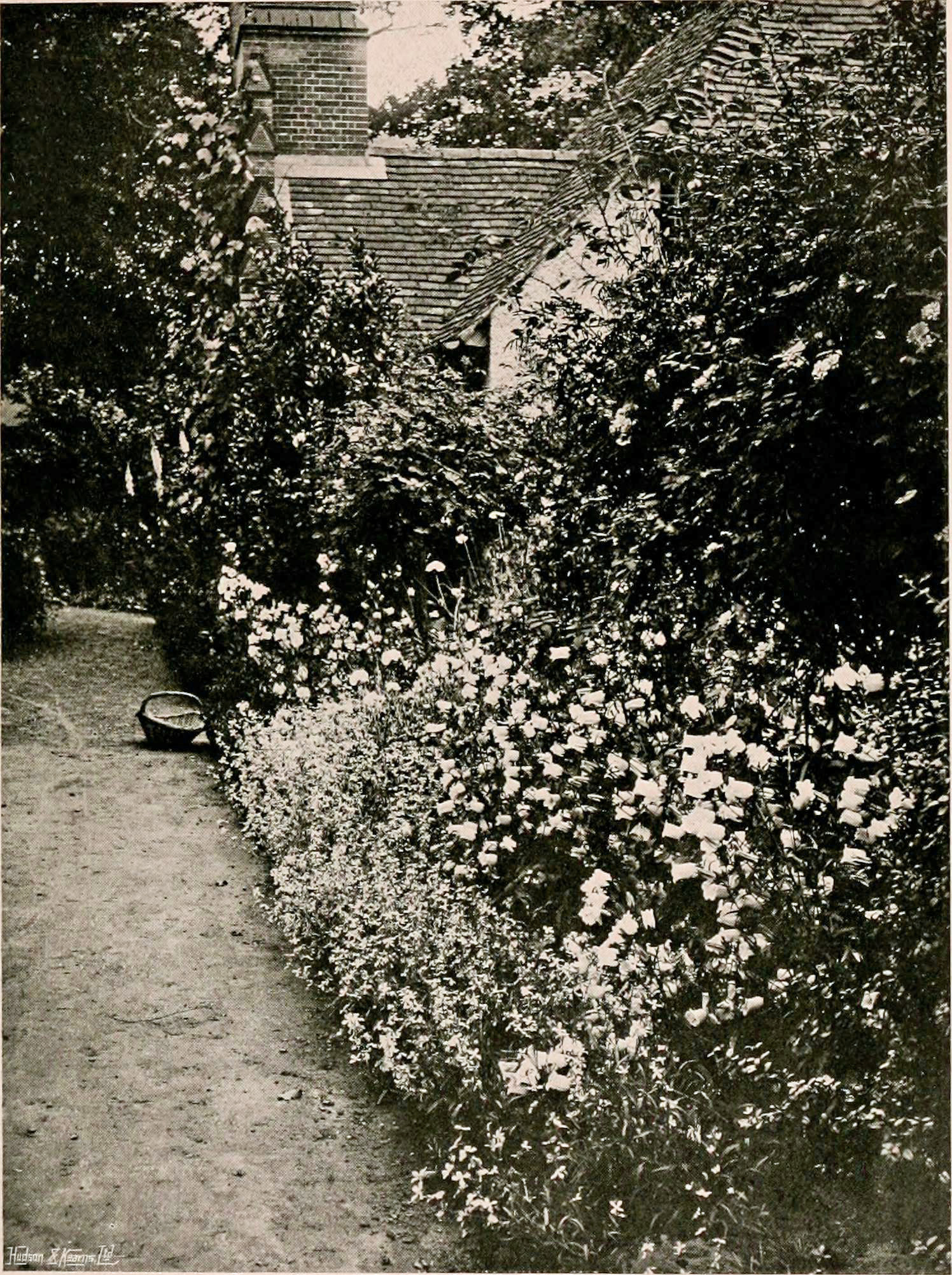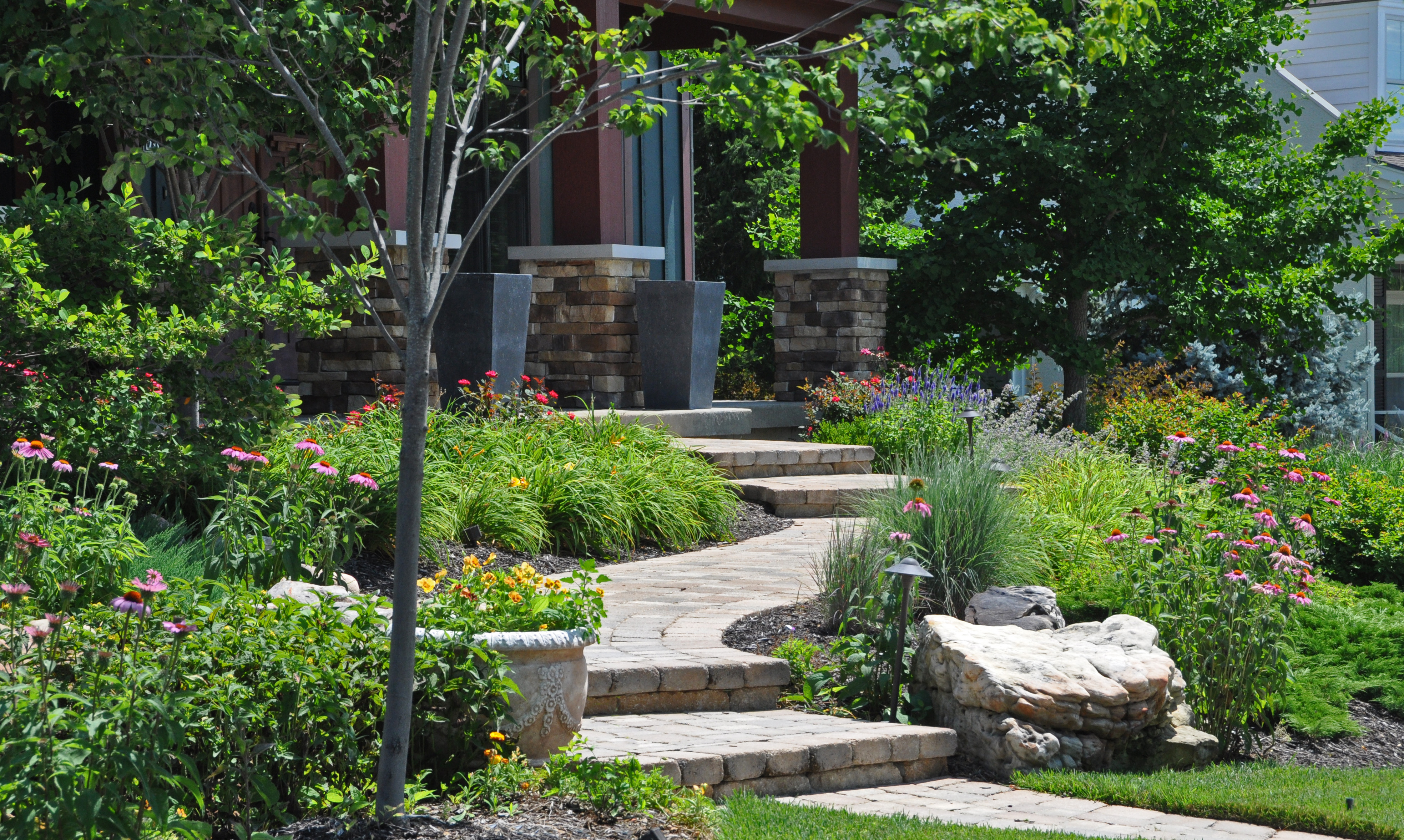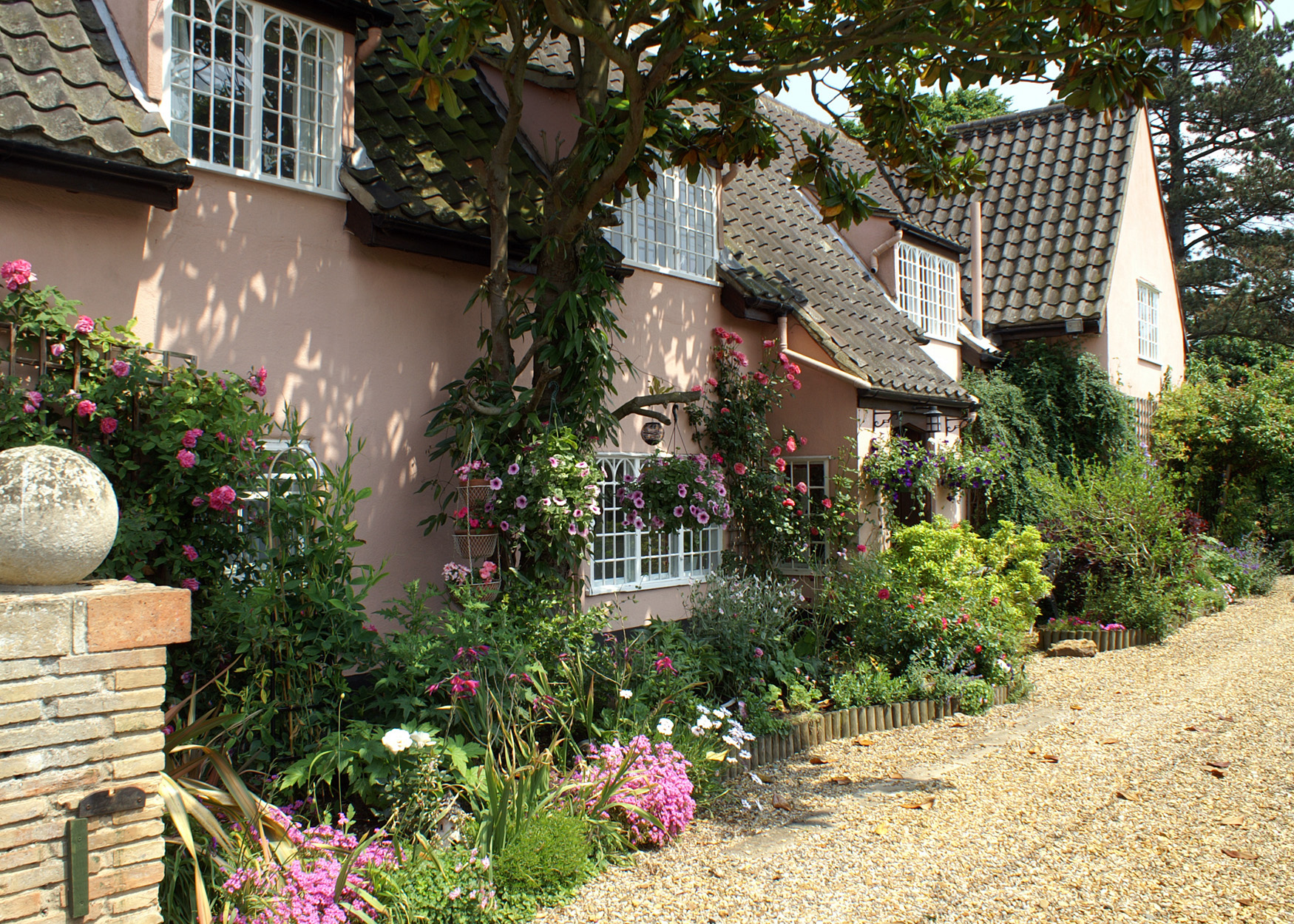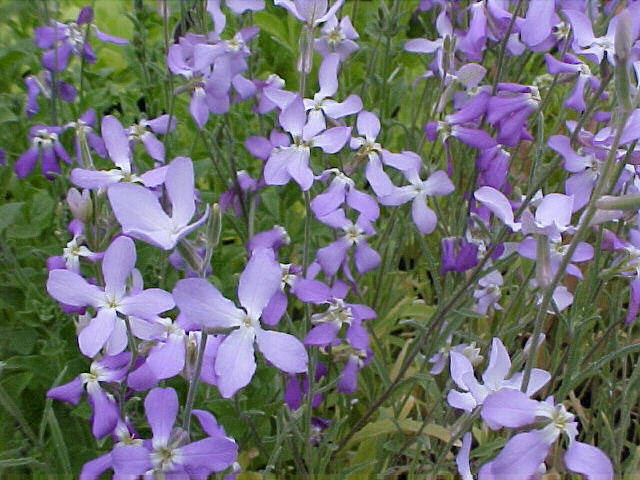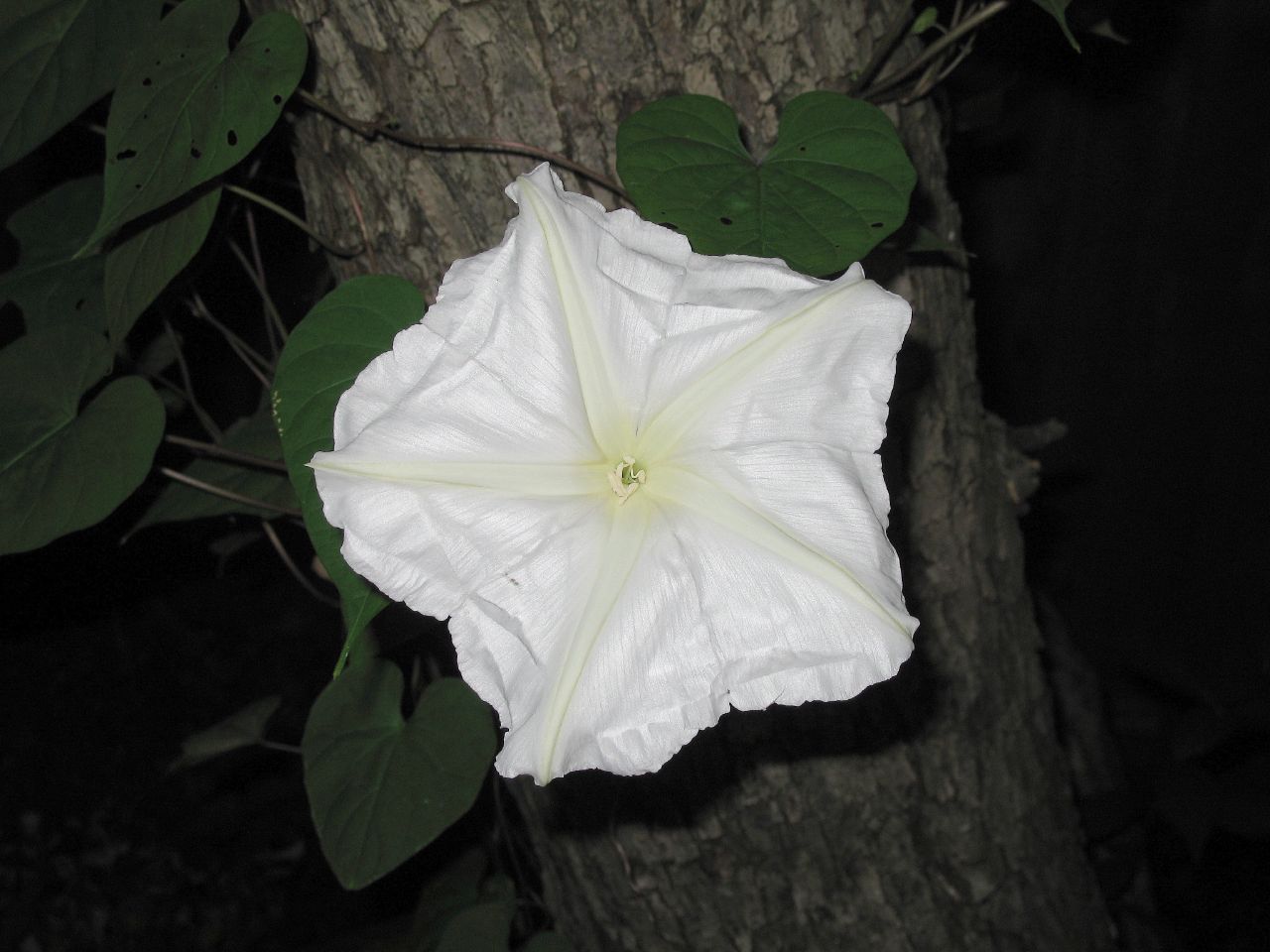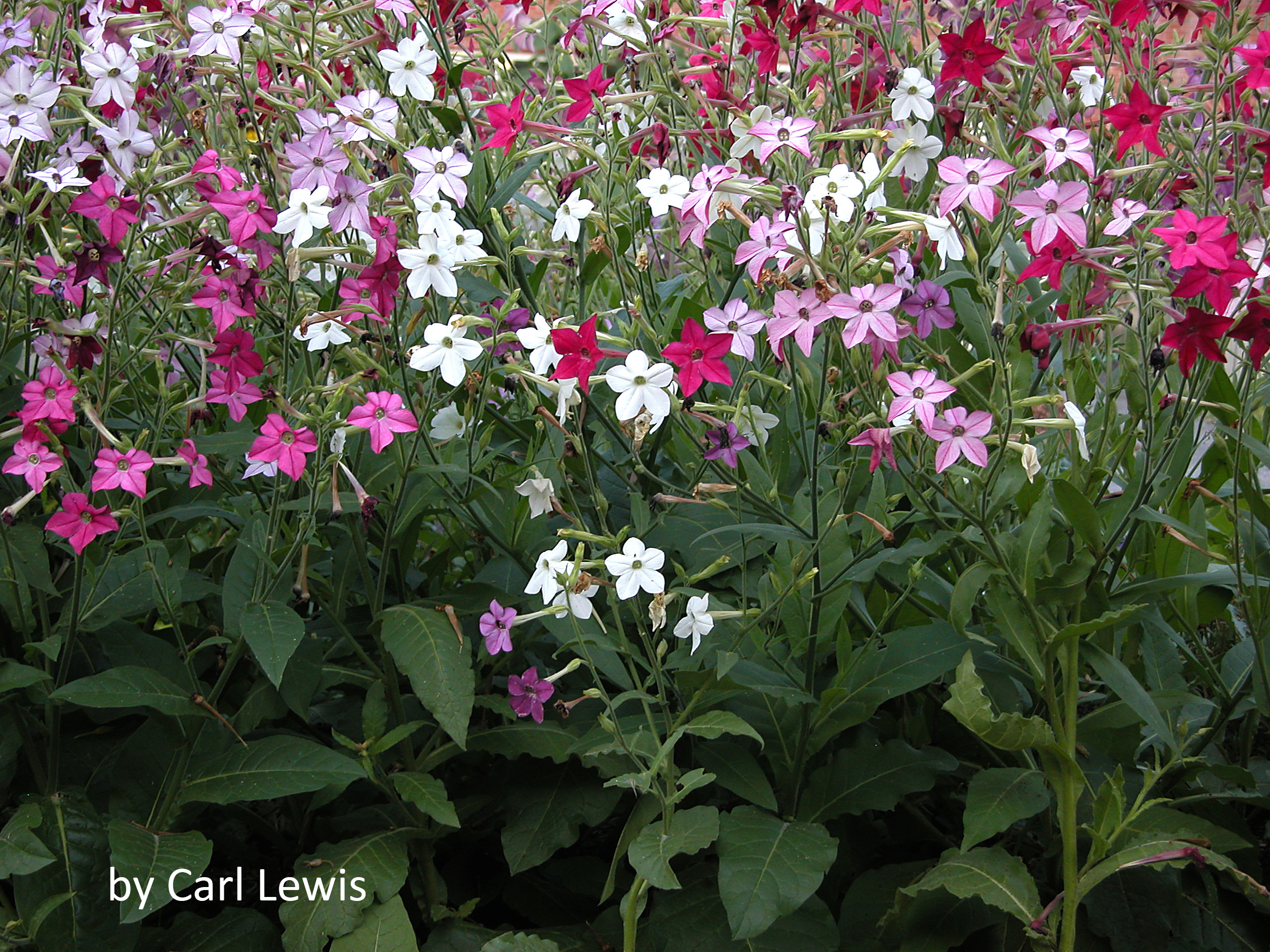As I mentioned last week, I am determined to recreate an heirloom flower bed. Not finding heirloom seeds in stores here, I spent much of the past week browsing through and making lists of potential purchases from online heirloom seed company catalogs. Although my initial sheet had over thirty varieties on it, I was able to rein myself in and set a limit at ten packets of seeds.
Just a few days after ordering, my seeds arrived. As a poured over them, reading the back of the packets and drinking in the pictures, I realized something revealing. I didn’t remember what half of them looked like; I had ordered them because I remembered how sweet they smelled.
Of our five physical senses, the sense of smell evokes more memories than any of the others. An unexpected drift of a long-forgotten scent can carry us back to times and places that we thought we had left behind. For me, the perfumes of the garden bring back cherished remembrances — especially of times I spent in my mother’s and grandmother’s backyard flower gardens.
Garden fragrance though, is not just for humans to enjoy. Research shows that flower scent has a critical function in the insect world. Flower scent is tied to pollination; certain scents tend to be paired with particular pollinator types. According to Natalia Dudareva, an associate professor in the department of horticulture and landscape architecture at Purdue University, “Species pollinated by bees and flies have sweet scents, whereas those pollinated by beetles have strong musty, spicy, or fruity odors.” Pollinators can recognize their preferred scents at distances over a mile away, leading them directly to their specific food sources.
The timing of a flower’s maximum fragrance is related to the species of pollinators that visit it. Those plants that release their fragrances during the day are pollinated by bees and butterflies. Those that are night bloomers are pollinated by moths and bats.
The strength of a flower’s scent is also directly related to its readiness to be pollinated. Blooms that are newly opened are not as ready to be pollinated and are not as fragrant as older ones. Blossoms that have been sufficiently pollinated are also not as fragrant and are less attractive to pollinators, which will typically move on to more efficient food sources.
Regardless of your interest in fragrance — whether it is pure joy or pure science, the innate wisdom of my ancestors amazes me. Without ever studying pollination science or techniques of design for fragrance, my mother, my grandmother and probably all of my community’s elders knew how to create a garden of beauty that aligned well with nature.
Heirloom beds in my community certainly weren’t the huge, cottage-type borders that are often featured in today’s glossy, magazine pages. Instead, they were often narrow, simple beds carved out of spaces that laid next to the kitchen door, lined sidewalks, hugged the neighbor’s fences, rested along the garage and defined the space where a favorite resting chair sat. They were all placed in spaces we passed by often in our daily tasks.
They weren’t pristine beds perfectly mulched to control weeds either. In fact, what open ground did exist was lovingly hand weeded in passing. (I can remember following my grandmother through her garden and listening to her talk to her plants — in Slovak so I never knew exactly what she said to them….Based on my own conversations with my plants, now I wonder what she told them…)
Not surprisingly, their ideas still work well today and are worth considering.
FRAGRANCE GARDEN DESIGN
Choose your planting spaces carefully. Make your garden part of your everyday life by planting them in places where they will be viewed easily and visited daily. Spending even a few minutes in nature everyday improves your mental and physical health.
Place your beds in a warm, sheltered area, such as next to a fence or a building. The warmth will allow the fragrances to build and protection from the wind will keep the scents from being dissipated by the wind.
Keep in mind that several of the fragrant flowers are night bloomers. Place those near windows, patios and entryways that are likely to be frequented in the evening.
Position your beds so that they are easily managed. Several of the fragrant plants must be touched in order to release the essential oils that contain their scent. Some of the creeping thymes for example, form a mat that releases its scent when walked on. Use them to line pavers and stepping stones.
MY TEN FAVORITE HEIRLOOM FRAGRANT FLOWERS
Heliotrope (Heliotropium arborescens)
- Purple or white clusters of blooms all summer long
- 12 to 18 inches tall
- Blooms May – September
- Full sun to partial shade
- Scent of vanilla or some say cherry pie
Sweet Peas (Lathyrus odoratus )
- Mixed colors
- Vining 5 – 6 feet tall
- Blooms May to July
- Full sun*
- Strong daytime scent
Night -Scented Stock (Matthiola longipetala)
- Purples, pinks, whites
- 12 to 18 inches tall
- Blooms May to July
- Full sun or partial shade in hot summers
- Strong evening scent
Pincushion Flower (Scabiosa atropurpurea )
- Whites, blues most common
- 24 – 30 inches tall
- Blooms May to September
- Tolerates some shade
- Sweet scent
Moonflower (Ipomoea noctiflora )
- White, 6 inch blooms
- Vining to 12 feet
- Full sun or partial shade
- Strong perfume scent at night
Phlox (Phlox paniculata)
- Whites, pinks, reds, purples
- 24 – 48 inches tall
- Blooms July to September
- Full sun
- Sweet scent
Sweet Alyssum (Lobularia maritima)
- White blooms
- 12 inches tall
- Blooms April to June
- Full sun to partial shade
- Sweet scent
*Modern hybrids in various colors are usually shorter and may have fragrance
Nicotiana (Nicotiana alata)
- Purples, pinks, whites, bronze
- Up to 5 feet tall
- Blooms June to frost
- Full sun to partial shade
- Night blooming fragrances
*Modern hybrids are shorter, open during the day and do not have the fragrance
Sweet William (Dianthus barbatus)
- Pinks, whites, reds
- 12 to 24 inches tall
- Blooms May to September
- Full sun to partial shade
- Light, sweet scent
Common Lilac ( Syringa vulgaris)
- Purples, whites
- 3 to 7 feet tall
- Blooms April to May
- Full sun
- Strong, sweet fragrance
